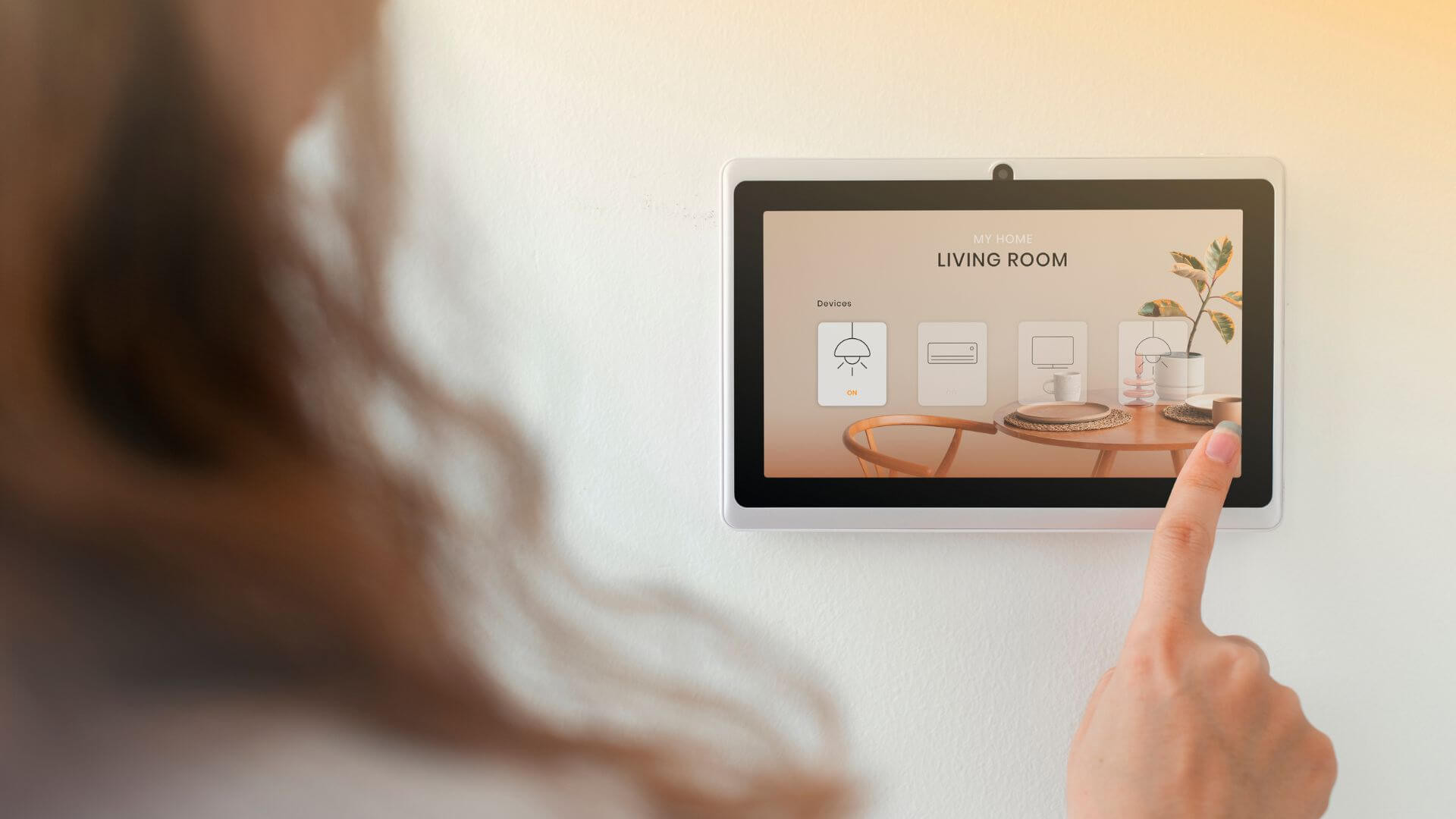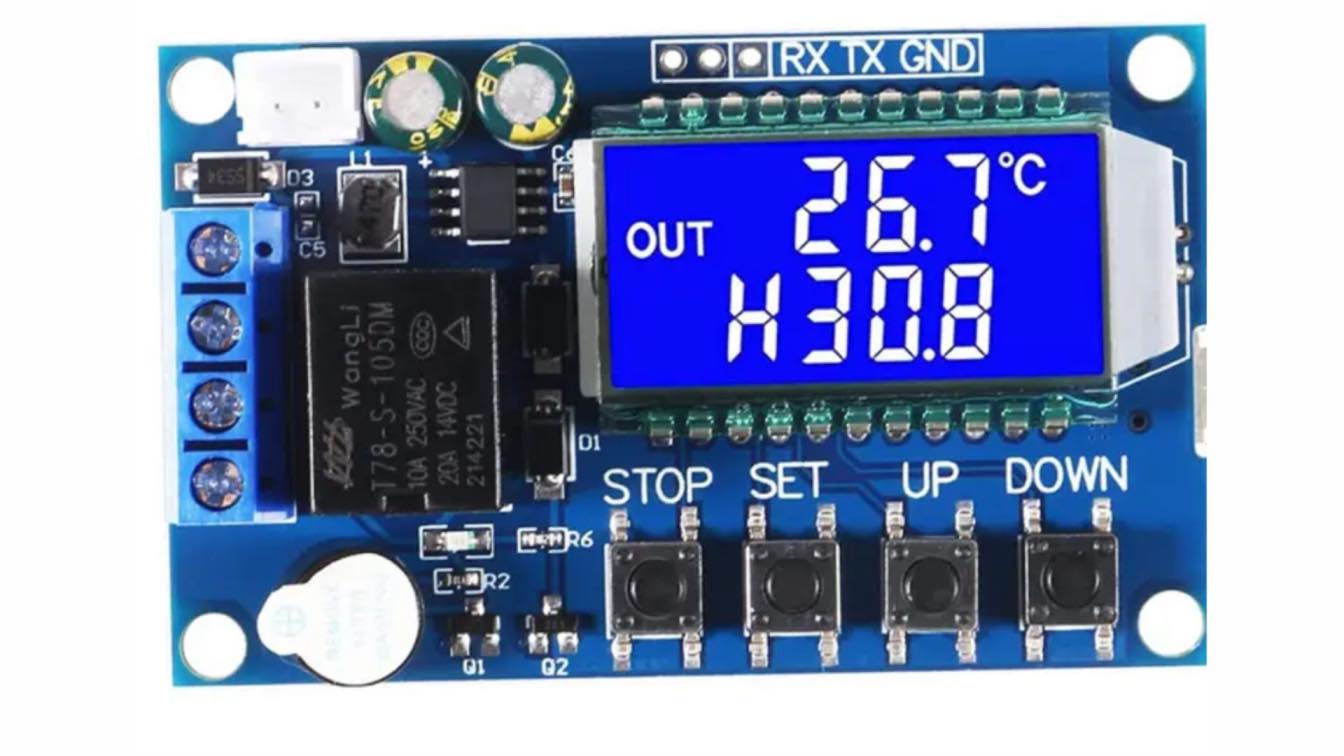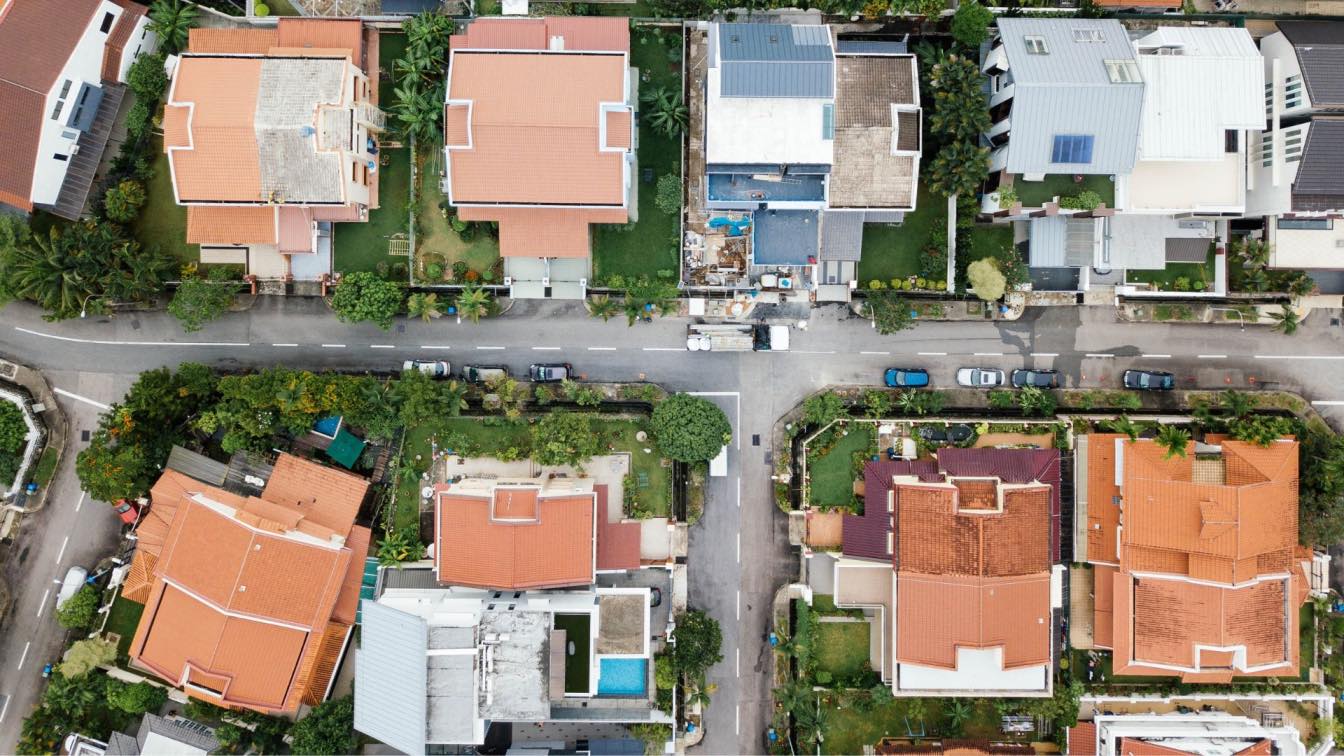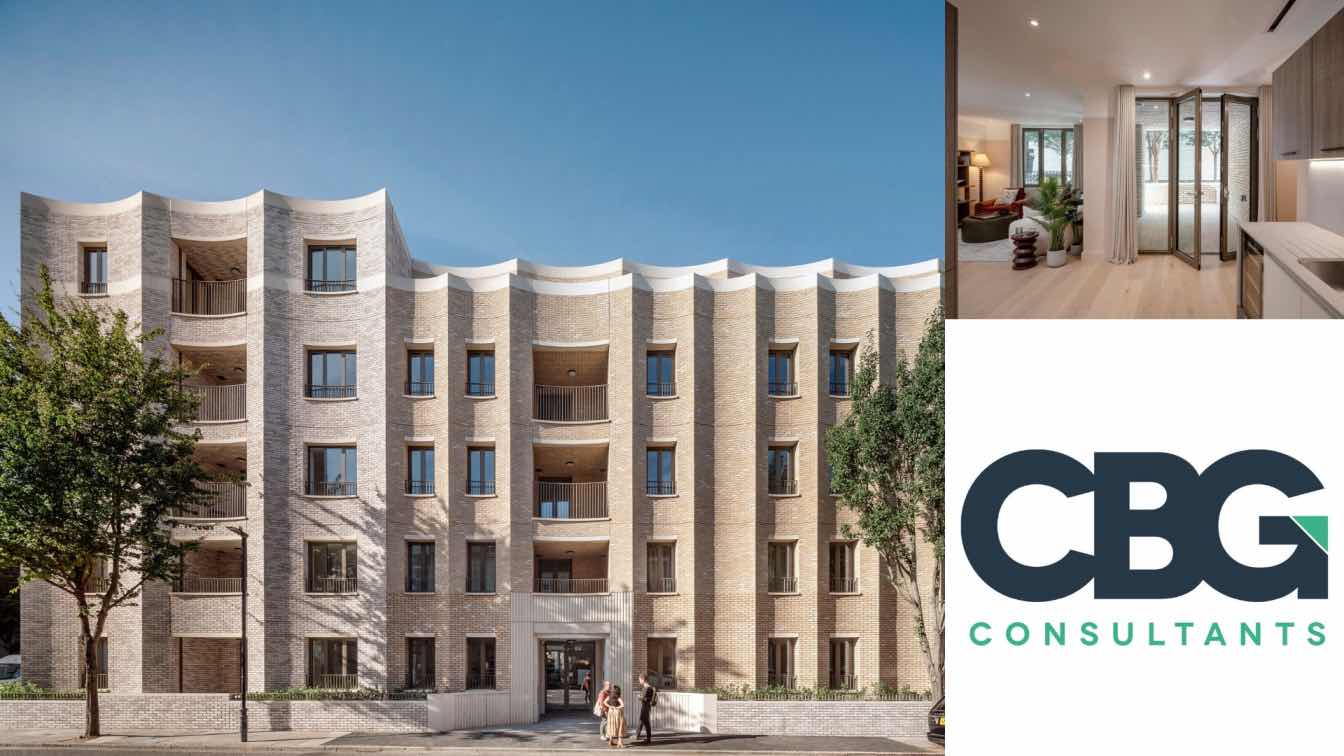Modernizing a historic home can be a challenging yet rewarding experience, as it allows you to preserve the unique charm and character while making your home feel more modern with contemporary conveniences. From updating utilities and appliances to keeping some of the original architecture where you can, here are some tips for how to modernize your historic home.
Evaluate the Home's Characteristics
Before diving into modernizing your historic home, it is essential to evaluate its existing features and characteristics.
To begin this process, consider the following steps:
Identify architectural styles: Determine if your home has any specific architectural styles or design elements that are worth preserving. Examples include Victorian-era woodwork, stained glass windows, or the mouldings common in colonial architecture.
Analyze structural integrity: Assess the overall condition of your home's structure by checking for signs of damage such as water leaks, termite infestations, or foundation issues. Consult with a professional contractor specializing in historic homes to ensure any necessary repairs align with preservation guidelines.
Evaluate interior layout: Consider how well-suited your current floor plan is for modern living requirements like open-concept spaces and ample storage options while still respecting original designs where possible.
Create an inventory list: Make note of all lighting fixtures, hardware such as doorknobs, and other materials throughout each room so you have an accurate record when deciding what updates may be needed later on during renovations.
This process will help you determine which elements should be preserved and which ones need updating or replacement.
Update Utilities and Appliances
One of the most straightforward ways to modernize a historic home is by updating its utilities and appliances. This not only increases the usefulness, but can also bring about energy-efficiency gains that could result in long-term cost savings. Here are some key areas to focus on when upgrading utilities and appliances:
Heating and Cooling Systems
Older homes often have outdated heating and cooling systems that may be inefficient or even hazardous. Consider replacing these with modern, energy-efficient options.
Electrical System
Homes built several decades ago may still have knob-and-tube wiring or an insufficient electrical panel for today's needs. Upgrading your home's electrical system ensures safety while providing adequate power for all your modern devices.
Plumbing System
Replace old galvanized pipes with copper or PEX piping to improve water pressure and prevent leaks from corroded pipes in older homes.
Energy-Efficient Appliances
Invest in ENERGY STAR-rated appliances that use less electricity than their older counterparts without sacrificing performance. Some popular options for this change include washing machines and dishwashers.
Choose High-Quality Furniture
 YANLORD’s Annual Courtyard Villa Masterpiece - TANG SONG
YANLORD’s Annual Courtyard Villa Masterpiece - TANG SONG
For a historic home to remain modern and attractive, selecting furniture that looks great and stands the test of time is important. Choosing high-quality pieces enhances your home's overall aesthetic and adds value by maintaining its timeless appeal.
Finding the Right Balance Between Old and New
Incorporating contemporary furniture into a historic setting can be challenging, as you want to strike the perfect balance between old-world charm and modern functionality. One way to achieve this harmony is by mixing traditional elements with sleeker designs or opting for transitional pieces that blend classic styles with contemporary touches.
Selecting Durable Materials
Wood: Solid wood furnishings are known for their durability and longevity, making them an excellent choice when investing in quality pieces for your historic home. Look for hardwoods like oak, maple, or walnut that will stand up well over time.
Metal: Metal accents can add a touch of industrial chic while providing sturdy support for heavier items such as dining tables or bookshelves.
Fabric: When selecting upholstered items like sofas or chairs, opt for high-quality fabrics that resist wear and tear.
Prioritizing Comfort & Functionality
Beyond style considerations, prioritize comfort and functionality when choosing new furniture for your historic home. Ensure that seating is comfortable and supportive, and invest in pieces like extendable dining tables or modular sofas that can adapt to different layouts or accommodate additional guests as needed.
Repair Instead of Replace
One of the key aspects of modernizing a historic home is preserving its original character and charm. Rather than replacing existing fixtures and features, it may be better to repair them and retain the home’s original character while reducing waste and costs.
Restoring Original Windows
Restoring original windows can be an excellent way to maintain the look and feel of your historic home while improving energy efficiency. Consider working with a professional who specializes in window restoration to ensure that any repairs are done correctly and safely.
Refinishing Hardwood Floors
Consider refinishing hardwood floors rather than replacing them. This process involves sanding down the surface, removing any scratches or damage, staining (if desired), and applying a protective finish for long-lasting durability.
Preserving Architectural Details
- Maintain original woodwork such as moldings, wainscoting, or built-in cabinetry by cleaning gently with appropriate products designed for antique wood surfaces.
- If you have damaged plaster walls or ceilings, repairing plaster can often be more cost-effective than tearing out entire sections to replace with drywall.
- If your home has original light fixtures, consider having them rewired to accommodate modern electrical systems while retaining their historic appearance.
By focusing on repairing and restoring the unique features of your historic home, you can successfully modernize it without sacrificing its character.
Incorporate Modern Technology
 image © rawpixel.com
image © rawpixel.com
Modernizing a historic home doesn't mean sacrificing the latest technology. Integrating smart devices and systems can help improve your home's efficiency, security, and overall convenience without compromising its character. Here are some ways to incorporate modern technology into your historic home:
Smart Thermostats
Smart thermostats enable users to regulate their heating and cooling systems from a distance via an app on any mobile device, adapting temperatures for energy efficiency in line with user preferences. These devices learn from your habits over time, adjusting temperatures automatically for optimal comfort while saving energy costs.
Automated Lighting Systems
An automated lighting system allows you to control all of the lights in your home with just a few taps on a mobile device or even by using voice commands through virtual assistants. You can also set schedules for when lights should turn on and off based on time of day or occupancy.
Digital Security Systems & Smart Locks
To ensure safety without altering the appearance of traditional doors/windows, try digital security systems and smart locks. These devices provide keyless entry options and can even send notifications to your phone when someone enters or exits the house.
By carefully selecting and integrating these tech upgrades, you'll create a comfortable living space that honors the past while embracing the future.
Bringing Your Historic Home Up to Date
Modernizing an older home isn’t always easy, but it can be done with thoughtful preparation. Evaluating your home's existing characteristics and then planning what to repair and replace will help create a successful blend of old and new in your historic home.





